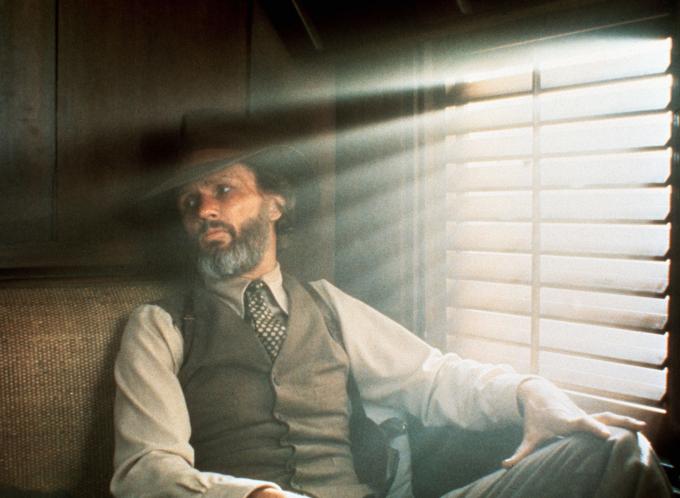
The following is a list of ten films that were disparaged, ignored, or forgotten after their initial release. The reasons vary. Maybe they did not reflect the director’s vision due to studio interference; some require multiple viewings to be truly appreciated. These films are hardly cinematic masterpieces, yet all have excellent qualities worthy of any serious filmgoer’s attention.
10. Executive Action (1973)
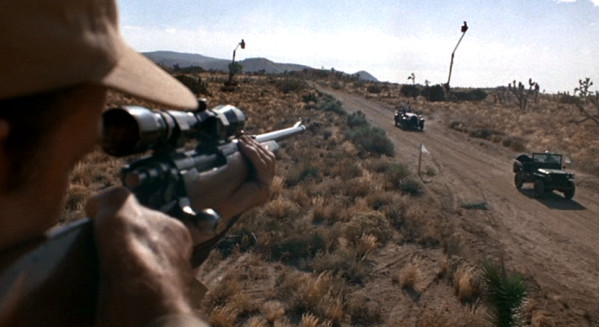
Executive Action, one of the first fictional attempts to “explain” the JFK assassination, imagines a cabal consisting of ultra-right-wing capitalists, intelligence agents, and mercenary soldiers. Burt Lancaster and Robert Ryan starred as the shadowy lead conspirators who want to eliminate JFK- and his soft foreign policy towards the Soviet Union, as well as his reluctance to intervene in Vietnam.
For such a weighty and controversial topic, the bulk of the film consists of old guys in conference rooms talking. The film also moves at a glacial pace, with archival footage of Kennedy serving as filler content. Executive Action feels more like a made for television movie, in contrast to the cinematic virtuosity of Oliver Stone’s JFK and the other paranoid thrillers of the decade.
While most films of the 1960s and 1970s were anti-establishment, few took the point of view of the establishment. A precursor to Oliver Stone’s encyclopedic JFK, watching the films back to back reveals multiple connections with their emphasis on the government, business, and the military colluding together.
Despite the less than engaging tone at times, Executive Action does speak to the banality of evil, spearheading The X-Files and cultural obsession with conspiracy theories and the JFK assassination.
9. Masked and Anonymous (2003)
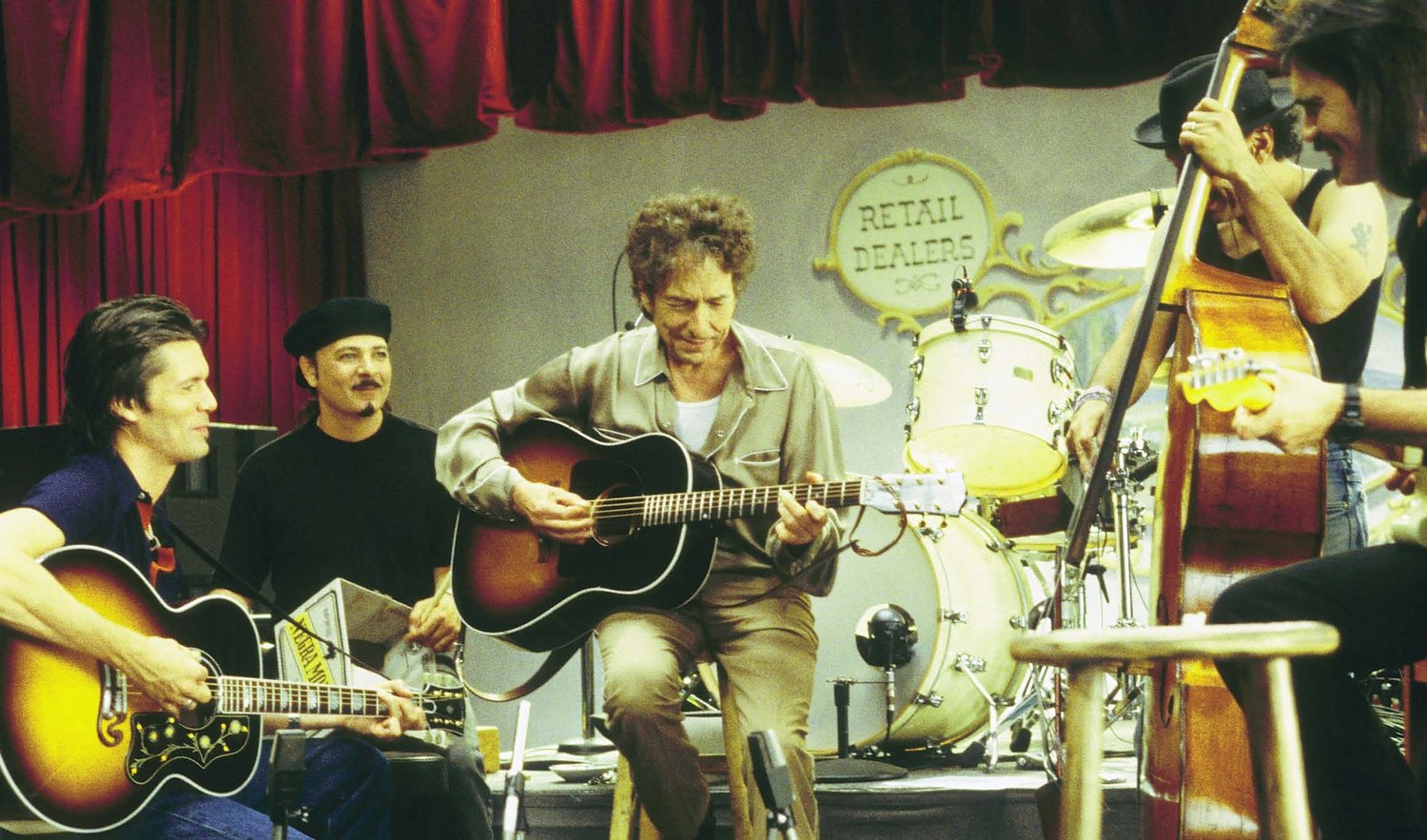
Nobel Prize winning songwriter Bob Dylan’s ventures into movies are a mixed bag. The D.A. Pennebacher cinema verite documentary Don’t Look Back, an account of Dylan’s 1965 tour of England, captured him wonderfully at a crucial point in his career.
Dylan’s 1978 film Renaldo and Clara is self-indulgent and baffling, but redeemed by the astounding concert footage of the 1975 Rolling Thunder Revue tour. Dylan returned to the big screen in 2003 (after the 1987 misfire Hearts of Fire) with Masked and Anonymous, an alternative history that imagines America in a military dictatorship. Dylan plays washed up cultural rebel Jack Fate who gets released from prison so he can perform at a benefit concert.
Dylan’s deadpan performance and non-sequitur dialogue will turn away some. Also, the meandering pace and anti-climactic ending will disappoint those looking for an emotional payoff. Several Hollywood stars appear briefly: Val Kilmer cuts off chicken heads and Ed Harris appears in blackface. Most critics savaged the film for these reasons, but upon deeper reflection . . .
Dylan historian Sean Wilentz defended Masked and Anonymous as a subtle political statement on 21st century America. Allusions to cultural history appear in nearly every shot, suggesting a funhouse version of the present. In the midst of all the offbeat performances there are some excellent ones from John Goodman, Jessica Lange, Jeff Bridges, and Luke Wilson.
Dylan also performs revamped versions of his classic songs including “Drifter’s Escape” and “Down in the Levee. ” When asked to play a protest song, Jack performs “Dixie.”
Serious questions are raised on the power of art to bring lasting change. The dreary benefit concert speaks to the desperation of pop culture to make a difference and stay relevant, holding a black mirror up to the entertainment world. Masked and Anonymous scoffs at the conventions of mainstream cinema and offers a pungent message of cynical hope.
8. Prince of Darkness (1987)
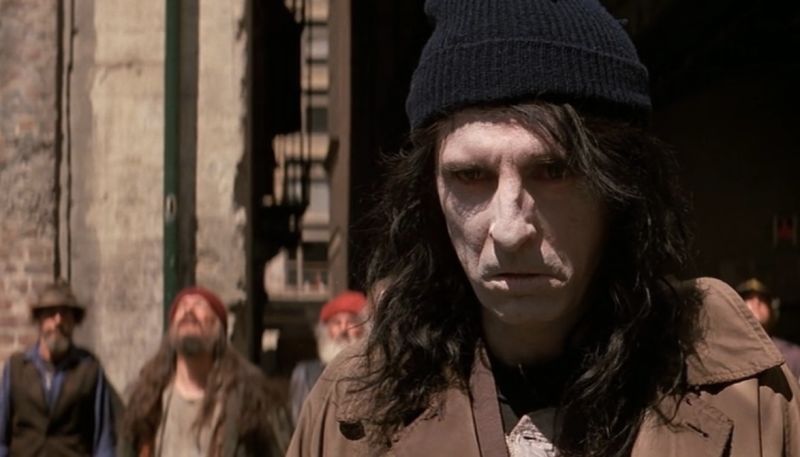
Prince of Darkness, often considered the middle entry in John Carpenter’s trilogy of apocalyptic films, preceded by The Thing and followed by In the Mouth of Madness, ventures into the realm of quantum physics and theology. The film begins with a priest and a physicist recruiting a group of graduate students for a confrontation with evil, the idea being that science can confirm the existence of evil.
Why is Prince of Darkness not as compelling as previous Carpenter films like Escape From New York or Halloween? For starters, none of the characters are memorable. With the exception of Donald Pleasance (who seems confused), the cast of unknowns give blasé performances. And as for the plot, the intense build up fizzles in the second half into B-movie choreography, neutralizing the mindblowing concept that sustains the story.
Yet Prince of Darkness has a strange energy. There’s a real going for broke attitude. Carpenter’s decision to write a horror film based on a quantum physics concept and the idea of an “anti-God” pushes genre boundaries to the edge.
Fans of Carpenter will appreciate the call back to the siege narrative of Assault on Precinct 13 and The Fog. Like any great horror film, there’s sharp social commentary relevant to the 1980s, specifically to the AIDS epidemic. Meanwhile, the religious theme makes for a stark contrast to the nihilism of The Thing.
7. The Ninth Configuration (1980)
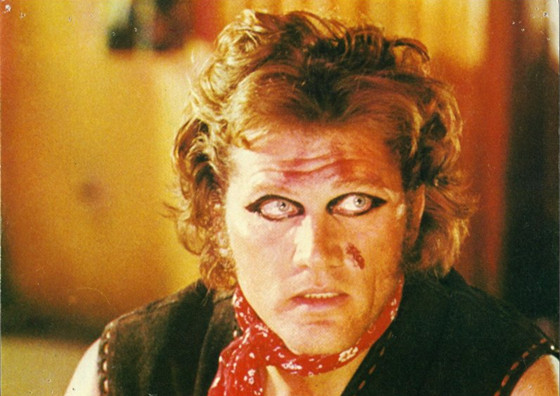
Based on William Peter Blatty’s tragicomic novel “Twinkle, Twinkle “Killer” Kane!”, The Ninth Configuration could have only come out at the end of the 1970s.
Set “Near the End of the Vietnam War” inside an insane asylum run by the U.S. military, the film features a nearly all male cast of character actors including Jason Miller, Stacy Keach, Tom Atkins, and many others. The tone and style are unlike anything in a Hollywood film that came before or after. Cinephiles will embrace the weird visuals and philosophical script.
Filmed in Budapest, Hungary at the behest of the Pepsi Cola company, novelist turned director Blatty by most accounts oversaw a chaotic production. Actors resented the erratic shooting schedule and Blatty’s inexperience behind the camera. Also, there are several different cuts of the film circulating under various VHS and DVD releases. Some of the scenes don’t work and have little to do with the actual plot, while others are quite memorable.
For those who grow weary of mainstream fare and yearn for something different, The Ninth Configuration is worth checking out. Blatty’s courage to take on bold themes like post-traumatic stress disorder, the existence of God, and the military ethos will find much to ponder.
The cast gave 100%: Keach as the tortured protagonist Kane, Miller as a Shakespeare-obsessed veteran, and Ed Flanders as a sympathetic doctor. The epic bar fight with bikers at the end feels like a separate movie, but it’s all good.
6. The Cotton Club (1984)
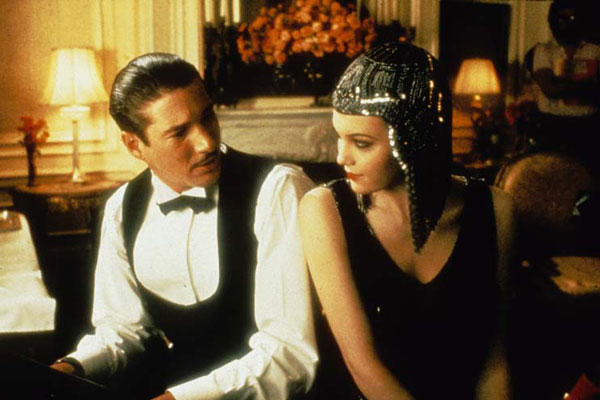
Francis Ford Coppola came aboard at the last minute to direct the Roaring Twenties saga, The Cotton Club. A movie famous for behind the scenes distractions, The Cotton Club went through dozens of scripts – and it shows. Starring Richard Gere and a young Diane Lane with an astounding supporting cast, the blending of mobster and musical genres makes for an unwieldy combination.
The Cotton Club looks and sounds great, yet the characters never leap off the screen. Relationships are never developed and the disconnected scenes make for an uneven narrative. Coppola revisited the terrain of the Godfather films, but the characters in those films (even the minor ones) were vivid and memorable. The mobster plot point with Dutch Schultz feels tired and way too familiar.
With one of the century’s great directors and an incredibly talented cast including dancer Gregory Hines and musician Tom Waits, there’s much to appreciate in The Cotton Club. It’s an excellent period piece fueled by the timeless music of Duke Ellington. The music and dance sequences were shot with Coppola’s cinematic verve.